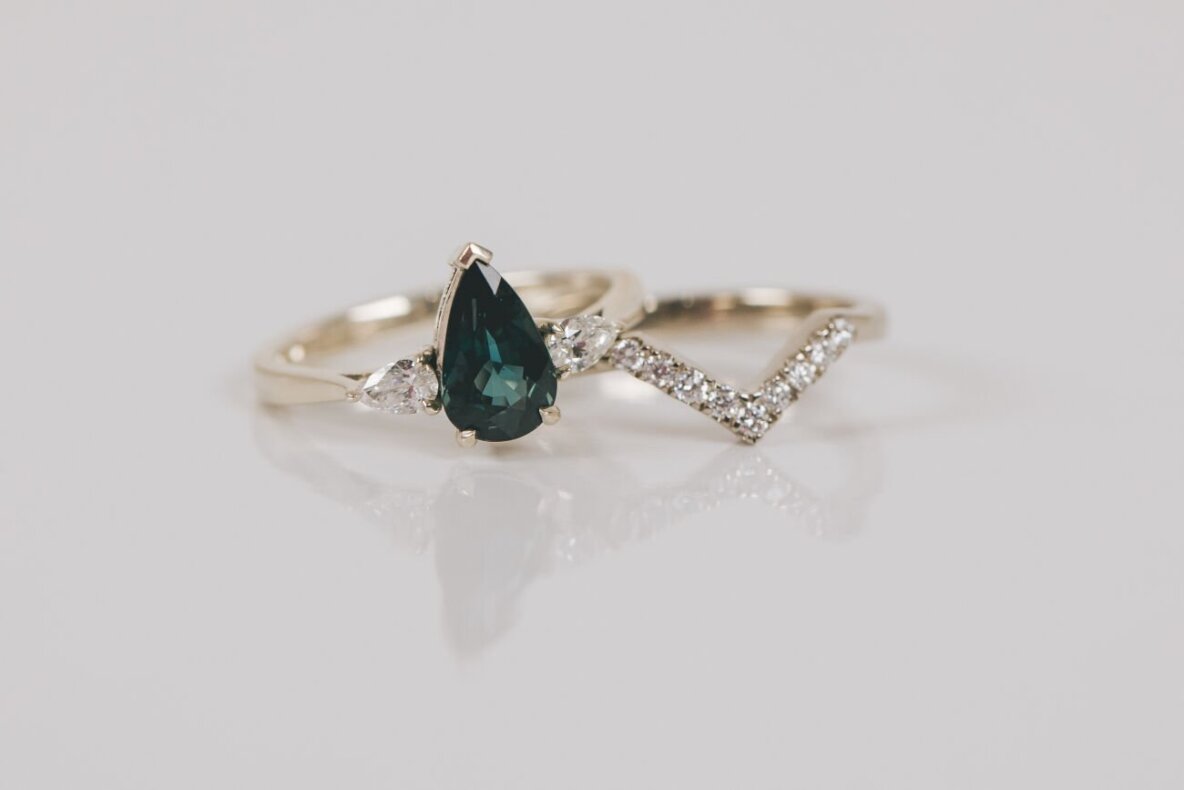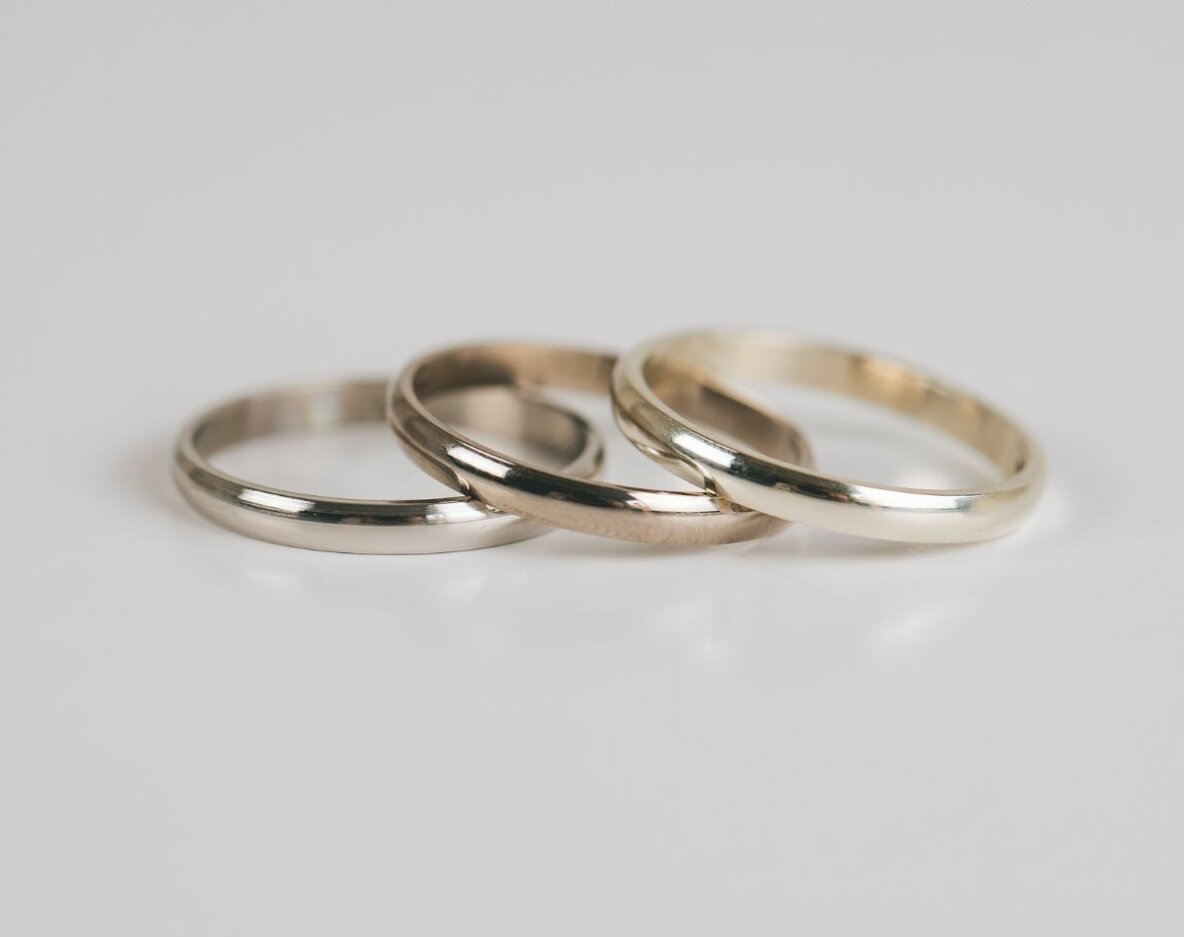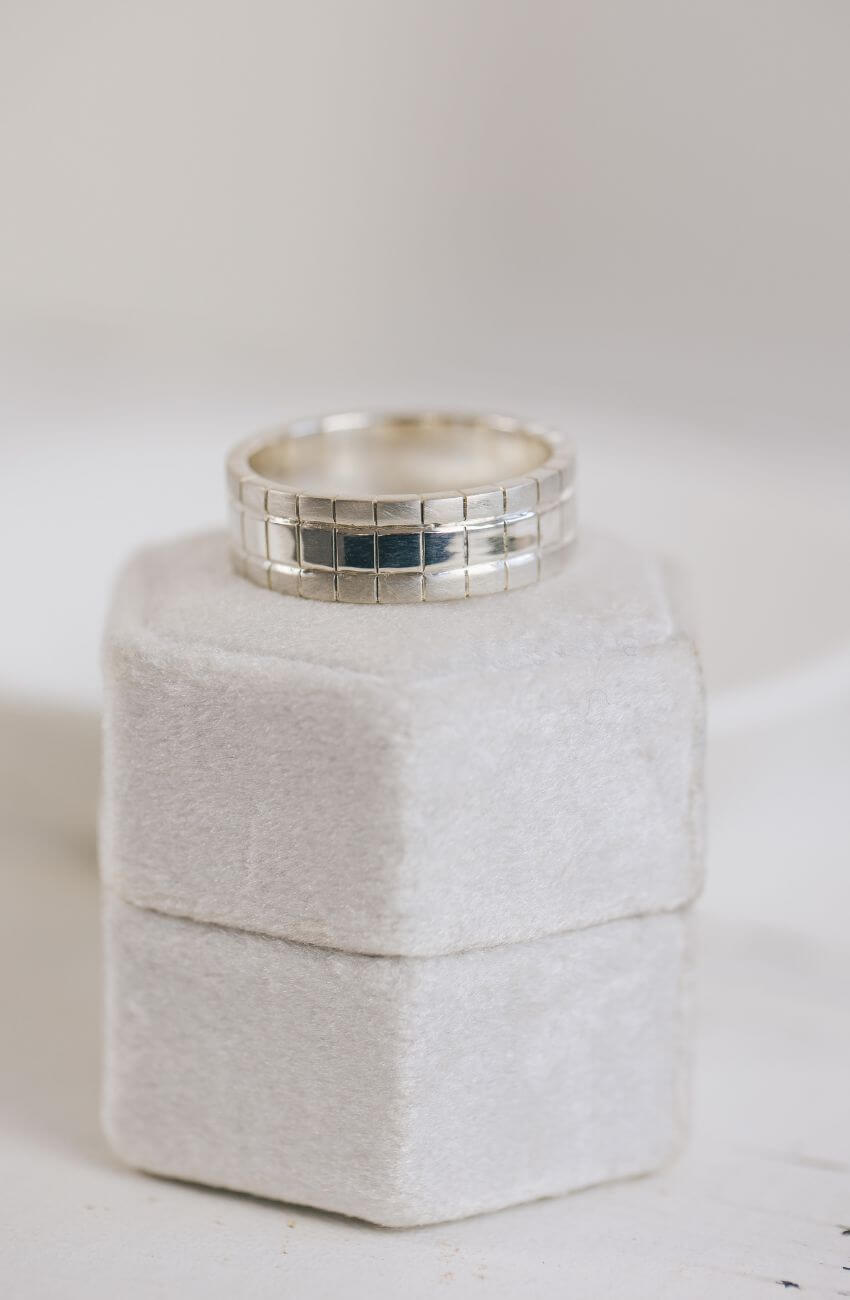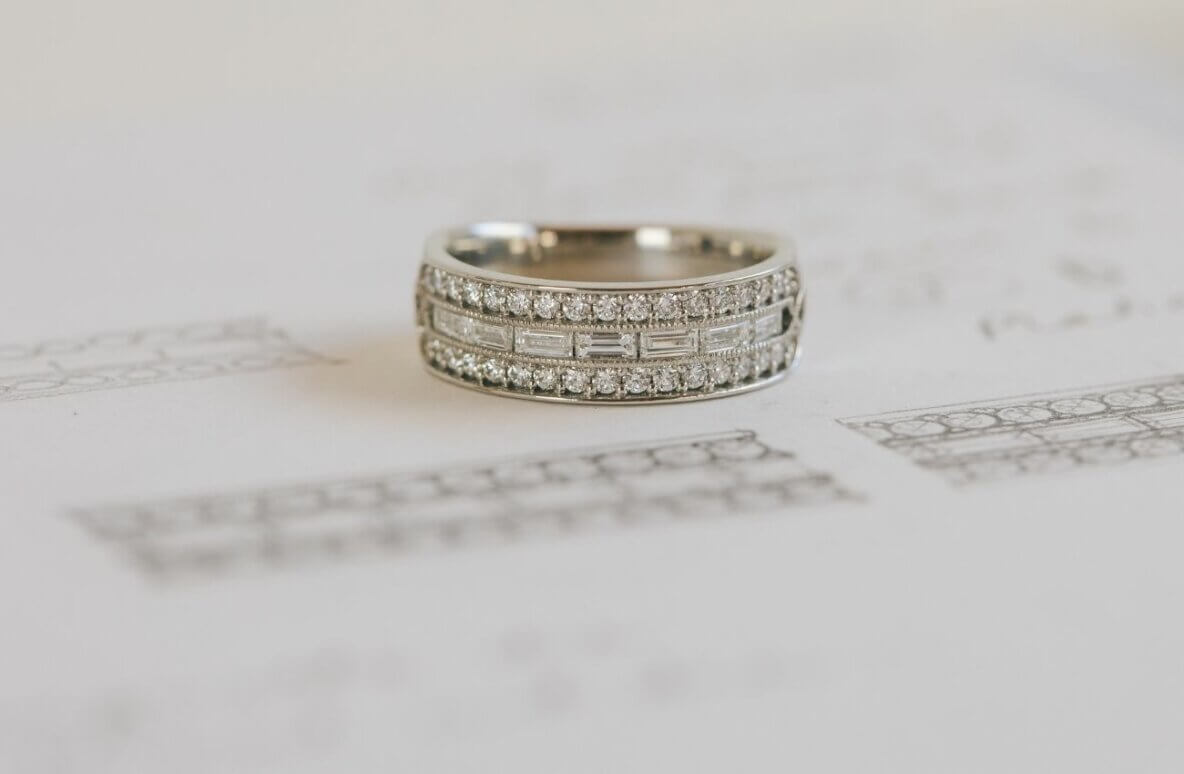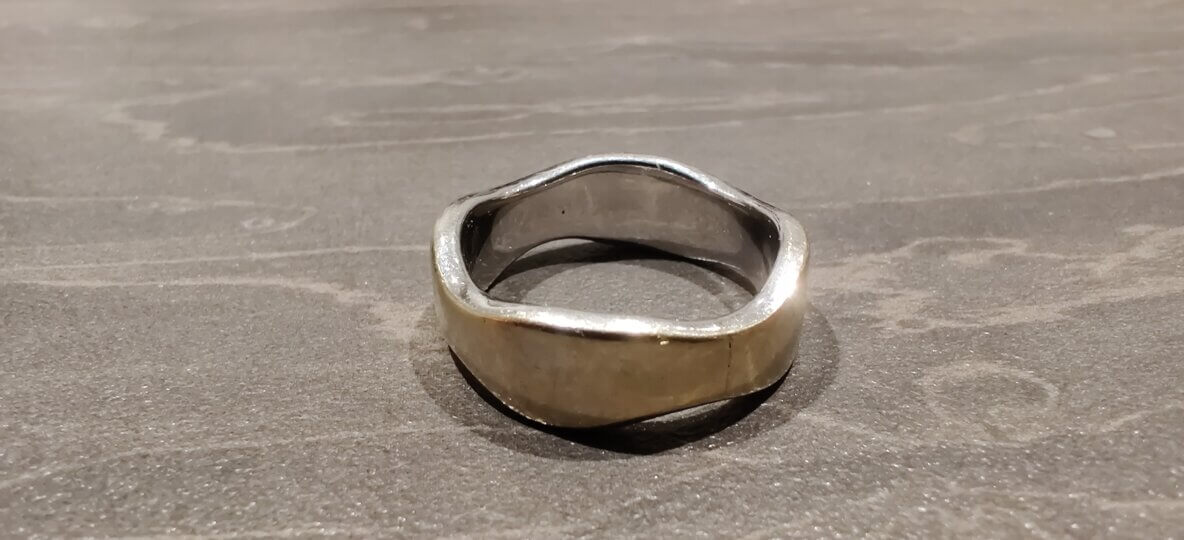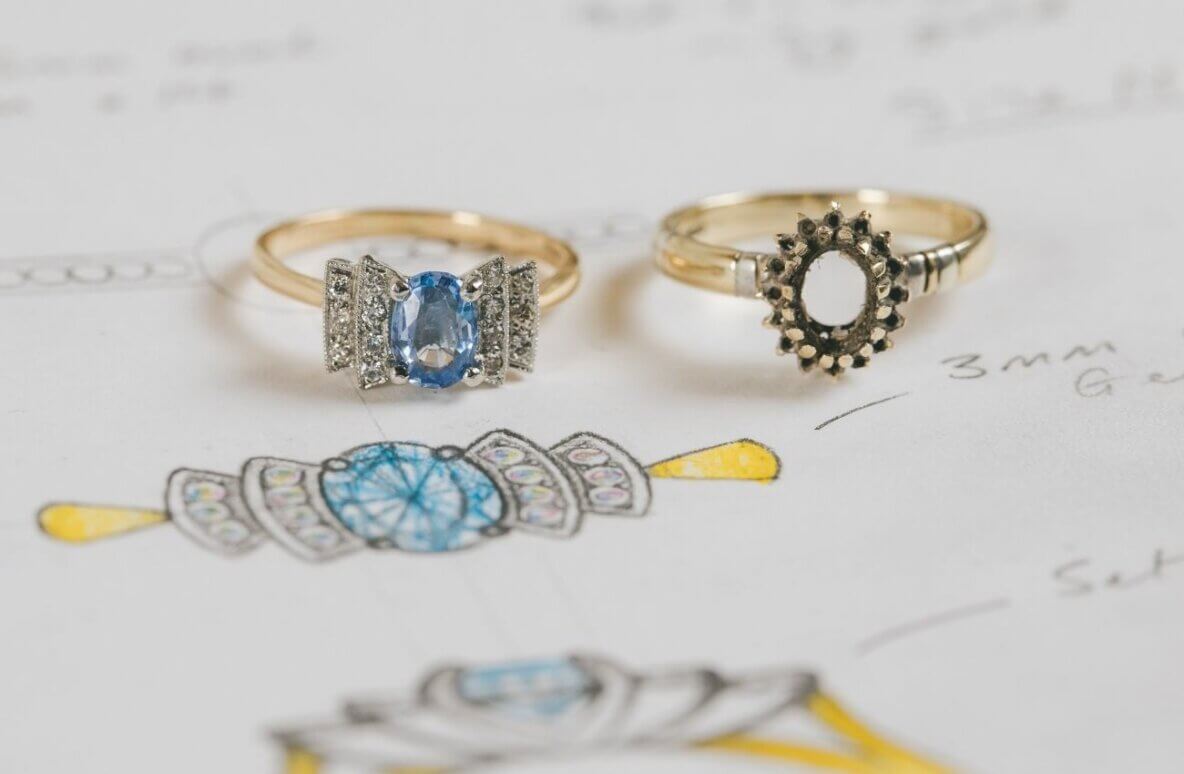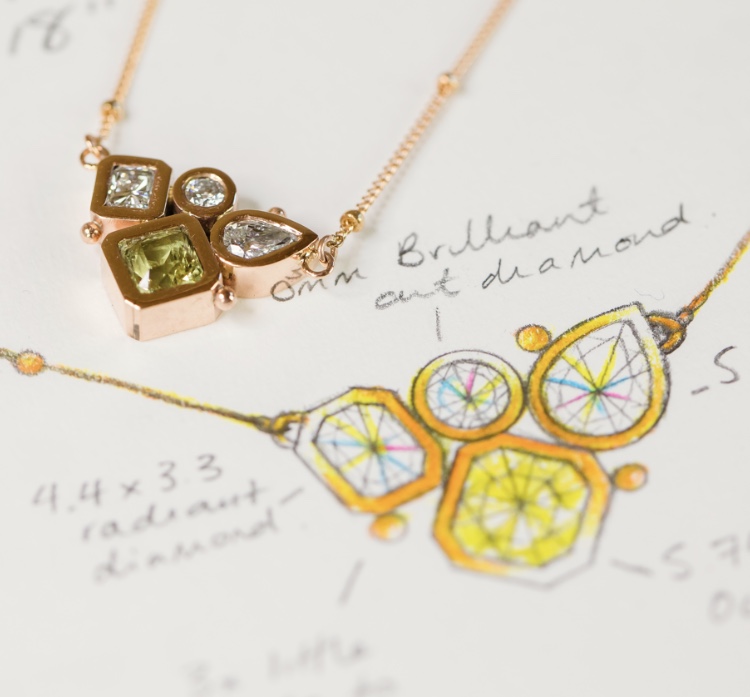If your jewellery was made in the UK, the short answer is no, it does not need to be rhodium plated. If your jewellery was made in the US, the answer is more complicated. Why Is White Gold Rhodium Plated? All high street jewellers rhodium plate their white gold jewellery as standard. Suggest to a sales assistant that you’d like … Read More
Platinum vs White Gold
I pride myself on remaining unbiased when presenting my clients with options for the precious metal their bespoke jewellery is going to be made from. I have samples of all the different gold and platinum options, so they can try on rings in each colour to see which suits their skin tone best.
But if you asked me which was my favourite of the white precious metals, I would have to say white gold. So buckle yourself in for an impassioned explanation of why I feel this way – its an unusual preference for a jewellery designer!
Why white gold should not be Rhodium plated
White gold is one of my favourite precious metals and natural, unplated white gold has become one of my client’s most popular choices for their for bespoke jewellery. However natural white gold is not something you see on the high street, where white gold appears to look the same as Platinum due to it having a thin layer of Rhodium … Read More
White Metals: Part One – Silver
So you’re thinking about purchasing a special piece of jewellery. You’ve started to take note of the jewellery the recipient already wears and through that research you’ve come to the conclusion that they like silver coloured metals best. You’ve gazed at several jewellers’ dazzling window displays, and you’re now totally baffled by the range of sparkly white metal pieces that … Read More
White Metals: Part Three – Platinum and Palladium
Platinum: the most expensive of the precious metals. But what is it about this precious metal that makes it stand out from the crowd? And how does it differ to Palladium, one of its sibling metals? I hope to answer all these questions and more in this article all about Platinum and Palladium, the final piece of my third part … Read More
White Metals: Part Two – White Gold
White gold is a very common choice for jewellery – especially engagement and wedding rings. White gold was originally developed to give a cheaper alternative to Platinum which became very fashionable in the 1920s, and so white gold has often seemed its poor relation. Although its natural colour is warmer than the cold white of Platinum, white gold is normally … Read More
Why is my white gold tarnishing?
You’ve got a new beautiful white gold ring you have worn for a few months, but then you notice the metal around the back of the ring and the setting have changed colour. Patches of your ring are a totally different shade of white, and next to the bright silvery areas that remain, these patches almost look yellow. Is your … Read More
Recycling Jewellery: Reimagining Unworn Gemstones & Precious Metals
I have seen a real increase in customers enquiring about reusing metal and gemstones from existing jewellery. Very often, it is broken and unworn items or, even more commonly, inherited pieces that are not to the client’s taste but hold immense sentimental value. Increasingly, people are considering upcycling these pieces into something new rather than having them go to waste … Read More
Rose Gold
Rose gold, also called red or pink gold, has re-gained popularity in recent years as an alternative to white metals and yellow gold. This copper coloured metal has become so popular we now see its warm tone replicated in interior design, with ‘rose gold’ coloured taps, handles and lamps, and also in our technology with ‘rose gold’ coloured mobile phones and … Read More
- Page 1 of 2
- 1
- 2

